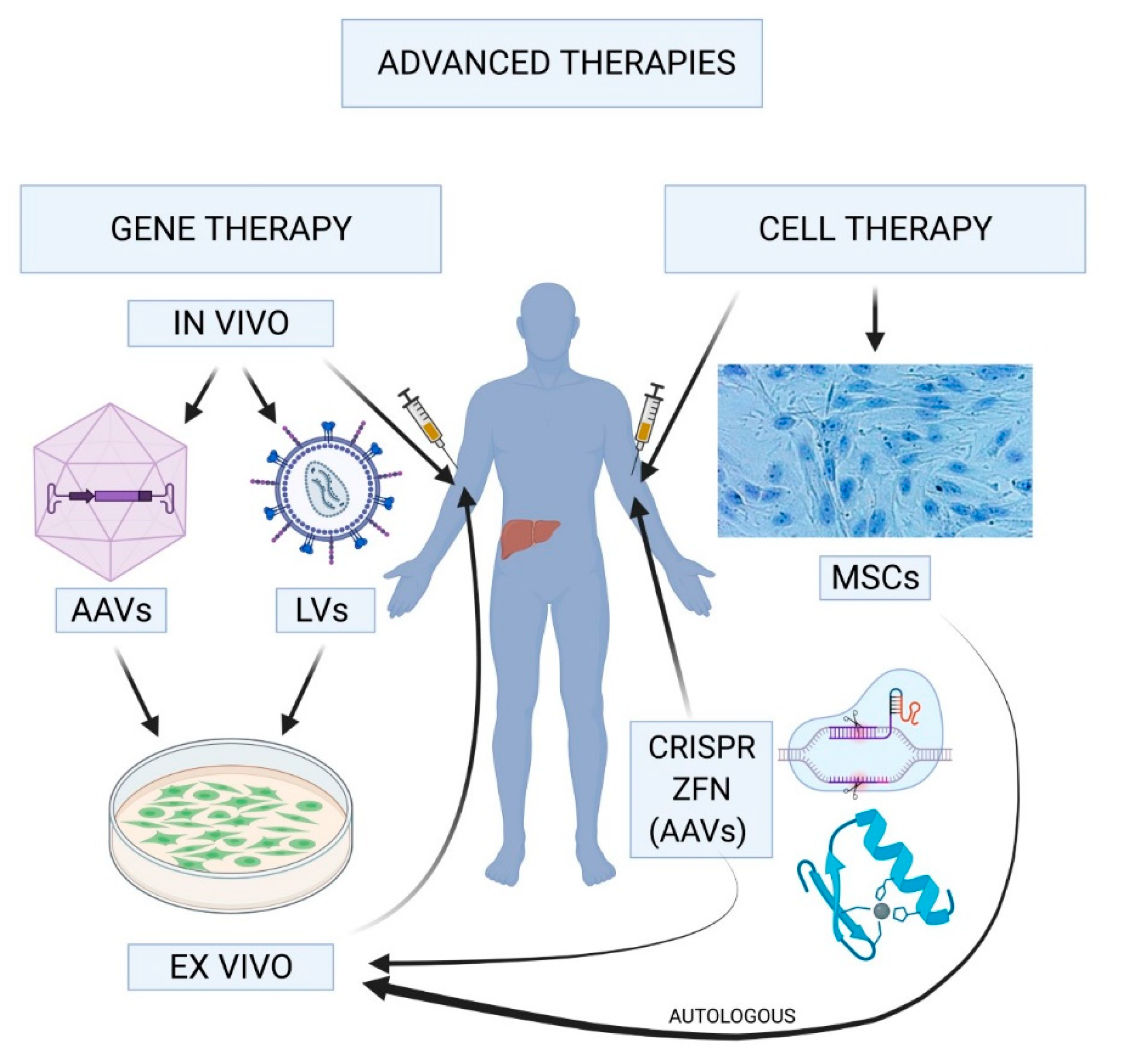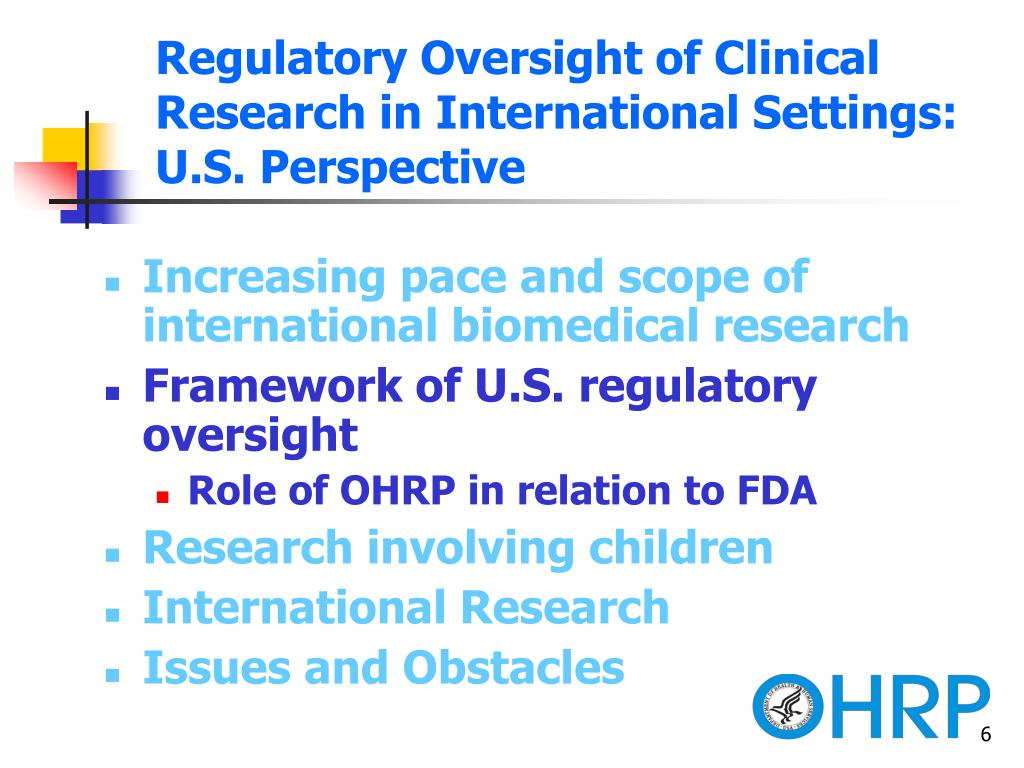
Gene therapy for hemophilia represents a groundbreaking advancement in treating this hereditary bleeding disorder. As individuals like Terence Blue demonstrate, innovative treatments like Hemgenix have the potential to drastically alter the lives of those affected by hemophilia B. This FDA-approved gene therapy offers a new ray of hope, aiming to reduce the dependency on regular factor injections and improve the quality of life. With a promise of long-lasting effects, gene therapy breakthroughs are not only changing how hemophilia treatment is approached, but they also pave the way for a future where living with this condition might require far less daily management. Indeed, the advent of such therapies signifies a remarkable shift towards more effective solutions in the realm of bleeding disorders.
The emergence of genetic treatments for bleeding disorders, particularly hemophilia, is reshaping patient outcomes and expectations. Innovations like hemophilia gene therapy are at the forefront of a medical revolution, providing alternatives that could eliminate the need for constant factor infusions. Hemgenix, a recent development that has gained FDA approval, represents a significant step forward in treating hemophilia B, influencing not just those diagnosed but the entire landscape of hemophilia management. As science continues to uncover the potential of gene therapies, the dialogue around effective hemophilia treatments is becoming more promising, potentially setting the stage for a future free from the limitations imposed by this genetic condition.
Understanding Hemophilia and its Treatments
Hemophilia is a genetic bleeding disorder that affects the body’s ability to clot blood, leaving individuals vulnerable to excessive bleeding from injuries or even spontaneously. The two main types of hemophilia are Hemophilia A and Hemophilia B, the latter resulting from a deficiency of clotting factor IX. While many people with hemophilia manage their condition with regular infusions of synthetic clotting factor, the daily burden of treatment can be overwhelming. As research progresses, the landscape of hemophilia treatment is changing. Gene therapy represents a groundbreaking advancement that holds the potential to reduce, if not eliminate, the need for these frequent treatments.
Today’s treatment landscape includes therapies such as Factor VIII replacement for Hemophilia A and Factor IX replacement for Hemophilia B. However, advancements in gene therapy for hemophilia are proving to be game-changers. These therapies aim to introduce corrected genes into the patients’ cells, with the goal of producing their own clotting factors effectively, transforming lives and daily management of the disorder. By leveraging the power of genetic engineering, today’s innovations in hemophilia treatment are promising a brighter future for patients.
The Breakthrough of Gene Therapy for Hemophilia
Gene therapy for hemophilia represents a significant leap forward in medical research, marked by recent innovations like Hemgenix, an FDA-approved gene therapy specifically for hemophilia B. This treatment uses viral vectors to deliver a corrected gene into liver cells, enabling the production of factor IX. By addressing the root cause of the disorder rather than merely treating symptoms, gene therapy shifts the paradigm of hemophilia management. Patients like Terence Blue have reported life-changing results, with increased levels of factor IX and reduced dependence on regular infusions.
The breakthrough nature of gene therapy has generated considerable excitement within the medical community and among patients. Clinical trials have shown that a high percentage of participants maintain therapeutic factor IX levels long after treatment, significantly improving their quality of life. Although challenges remain regarding accessibility, cost, and market dynamics, the potential of gene therapy for hemophilia is undeniable. Patients are experiencing newfound freedom, far removed from the daily needle routine that has characterized their lives.
FDA-Approved Gene Therapy: Transforming Patient Lives
The FDA’s approval of gene therapies, particularly for conditions like hemophilia, marks a milestone in the treatment landscape. Hemgenix, which gained approval in November 2022, signifies the culmination of extensive research and development efforts aimed at providing lasting solutions for hemophilia patients. This development not only represents hope for individuals like Blue who live with hemophilia but also encourages further exploration into gene therapy as a viable treatment option for a variety of genetic disorders.
The impact of FDA-approved gene therapies extends beyond improving medical outcomes. They are reshaping the patient experience, providing options that promise to alleviate the chronic burdens associated with hemophilia treatment. With the ability to produce their own clotting factors, patients no longer need to live in fear of bleeding episodes or plan their lives around IV infusions. This revolution in treatment not only enhances health but also restores autonomy, allowing patients to enjoy more active and fulfilling lives.
Hemgenix: A Pioneering Approach to Hemophilia B
Hemgenix is pioneering new pathways in the treatment of hemophilia B, reflecting the potential of gene therapies to alter the course of genetic conditions. The design of Hemgenix allows for a single infusion to provide long-term effects, reducing the anxiety associated with spontaneous bleeds. Terence Blue’s positive response to Hemgenix showcases the pioneering spirit of medical research, which seeks to transform the lives of patients grappling with the daily realities of hemophilia.
This innovative treatment approach not only simplifies patient care but also minimizes the risks associated with traditional hemophilia management, such as the potential for infectious disease transmission from blood products. By delivering a functional copy of the gene directly to liver cells, Hemgenix aims to empower patients, enabling them to break free from frequent treatments and enjoy a more predictable and healthy life.
The Economic Landscape of Gene Therapy
As the field of gene therapy evolves, economic considerations play a crucial role in its development and accessibility. The high cost of treatments, exemplified by Hemgenix’s price tag of $3.5 million, poses challenges for healthcare systems and insurance providers. Initial enthusiasm can be tempered by market realities; companies may withdraw therapies if they cannot attract sufficient patient interest or if the costs remain prohibitive. This complex financial landscape necessitates ongoing discussions about the value and affordability of groundbreaking treatments.
Patients and healthcare providers must navigate these economic challenges while balancing potential benefits with costs. The hope among researchers and advocates is for a model where effective therapies can be made accessible to all patients, ensuring that economic barriers do not prevent individuals from receiving life-changing treatments like gene therapy. The ongoing work to align these economic realities with patient needs remains a priority for the future of hemophilia treatment.
The Future of Hemophilia Treatment: Optimism and Challenges
The future of hemophilia treatment is laden with promise, buoyed by the successful outcomes of recent gene therapies. Researchers are optimistic about the continued development of effective therapies for genetically-based diseases, believing that as technology advances, the toolbox for treating conditions like hemophilia will expand. Clinical studies show favorable results leading to better management of hemophilia B, which could translate into permanent solutions for many patients, potentially reshaping their experiences with this disorder.
Despite the optimism, challenges remain, primarily in ensuring access and implementing these therapies across diverse patient populations. Healthcare systems must adapt to the changing landscape while addressing potential economic barriers. As researchers work diligently towards innovative care options, the advocacy for affordable and effective hemophilia treatments continues to be paramount. Advancement in gene therapy not only inspires hope but also reinforces the resilience of the community working towards eradicating the challenges posed by hemophilia.
Managing Hemophilia: Lifestyle Adjustments
Living with hemophilia necessitates significant lifestyle adjustments to minimize the risk of bleeding and other complications. Individuals must adopt careful strategies in their daily routines, from choosing safe recreational activities to maintaining regular check-ups with healthcare providers. The advent of gene therapy also offers new dimensions to these considerations; as patients begin to heal effectively, some may feel emboldened to pursue activities they previously avoided, significantly enhancing their quality of life.
For many patients, the transition to managing hemophilia with advances like Hemgenix may lead to encouragement and excitement about new opportunities. Activities that once felt out of reach may now be plausible, and the fear of spontaneous bleeds can lessen as treatment continues to show positive results. Embracing this new chapter in hemophilia management represents not only hope but also a new-found empowerment among those affected by this condition.
Personal Stories: The Impact of Gene Therapy
The success stories of those who have undergone gene therapy, like Terence Blue, highlight the human aspect of medical advancements in treating hemophilia. Personal narratives illustrate the profound impact of therapies like Hemgenix, as individuals reflect on their relief from the burdens of constant monitoring and treatment. These accounts foster a sense of community among patients, as many share similar fears and challenges, creating a platform for support and shared experiences that resonate deeply within the hemophilia community.
Moreover, as patients reconnect with their interests and enjoy increased freedom post-treatment, their stories serve to inspire others facing similar challenges. Such testimonials not only build hope but also encourage ongoing advocacy for access to innovative therapies in hemophilia treatment. The powerful narratives emerging from the gene therapy space illustrate a shift in what it means to live with hemophilia, paving the way for a more vibrant future for these individuals.
Understanding the Science Behind Gene Therapy
At the core of gene therapy lies the complex science of molecular biology, which aims to correct genetic defects by delivering therapeutic genes to patients. In the case of hemophilia B, the therapy utilizes specially engineered viruses that can effectively deliver a functional version of the gene responsible for producing clotting factor IX into liver cells. This approach harnesses the naturally occurring properties of viral vectors to ensure that the gene can be integrated into the patient’s DNA, thereby initiating the production of the needed proteins.
Further advances in biomedical research continue to refine these methodologies, focusing on enhancing the safety and efficacy of gene therapy applications. The potential of utilizing CRISPR technology and other genome-editing tools enhances the precision of treatment, allowing for targeted genetic modifications that can significantly improve patient outcomes. Understanding the underlying science not only promotes awareness of the transformative power of gene therapy but also emphasizes the importance of ongoing research in unlocking new possibilities for conditions like hemophilia.
Frequently Asked Questions
What is gene therapy for hemophilia and how does it work?
Gene therapy for hemophilia is a groundbreaking treatment that aims to address the underlying genetic cause of hemophilia by introducing a healthy copy of the gene responsible for producing clotting factors. This therapy utilizes designed viruses to deliver corrected genetic material specifically to liver cells, which then produce the missing or deficient clotting factor, thereby potentially reducing the need for regular factor replacement treatments.
What is Hemgenix and what role does it play in hemophilia treatment?
Hemgenix is an FDA-approved gene therapy specifically for treating hemophilia B. Developed by CSL Behring, Hemgenix aims to provide a long-term solution by correcting the genetic mutation that causes hemophilia B, allowing patients to produce their own clotting factor IX and significantly reducing their reliance on frequent infusions.
Has Hemgenix been clinically proven to be effective in hemophilia treatment?
Yes, clinical trials have demonstrated that Hemgenix is effective in treating patients with hemophilia B. In trials, 94% of participants did not require prophylactic factor IX treatment three years after receiving the therapy, indicating its potential to provide long-lasting results.
What are the potential benefits of FDA approved gene therapy for hemophilia?
The potential benefits of FDA approved gene therapy for hemophilia, such as Hemgenix, include a significant reduction in the need for regular infusions of clotting factor, improved quality of life, decreased anxiety about bleeding episodes, and in some cases, the possibility of a near-normal life without the daily burdens of treatment.
What are the financial considerations of gene therapy for hemophilia like Hemgenix?
Gene therapies like Hemgenix come with high costs, often exceeding $3 million per treatment. While insurance may cover a portion, the price raises questions about accessibility and long-term benefits versus upfront expenses. The financial implications are a critical aspect for patients and healthcare providers when considering these advanced treatment options.
Are there risks associated with gene therapy for hemophilia?
Like all medical treatments, gene therapy for hemophilia carries some risks, including potential immune reactions to the viral vector used for gene delivery and elevated liver enzymes. However, the overall safety profile is being closely monitored in clinical studies, and the benefits can outweigh the risks for many patients.
How has gene therapy changed the landscape of hemophilia treatments?
Gene therapy has radically transformed the landscape of hemophilia treatments by offering a one-time, potentially curative approach, shifting the focus from traditional factor replacement therapies to long-term solutions that aim to eliminate the need for continuous treatment and provide a better quality of life for patients.
What future developments can we expect in gene therapy for hemophilia?
Future developments in gene therapy for hemophilia may include more advanced therapies targeting a broader range of genetic mutations, improved delivery methods, and ongoing research into long-term efficacy and safety. Continuous advancements in gene editing technologies could further enhance treatment options for hemophilia.
How can patients access gene therapy for hemophilia like Hemgenix?
Patients interested in accessing gene therapy for hemophilia, such as Hemgenix, should consult with a specialist in hemophilia treatment centers. Eligibility for gene therapy may depend on various factors including the severity of hemophilia, previous treatments, and specific medical evaluations.
What does the approval of Hemgenix signify for hemophilia patients?
The approval of Hemgenix signifies a major milestone for hemophilia patients, representing hope for a new treatment paradigm that could offer a path to normalcy. It reflects the progress in medical research and the potential to significantly reduce the burden of living with hemophilia.
| Key Points | Details |
|---|---|
| Gene Therapy Introduction | Terence Blue is the first patient in New England to receive the newly FDA-approved gene therapy for hemophilia B, called Hemgenix. |
| Impact of Hemophilia | Hemophilia requires constant management, including regular doses of clotting factor. Patients like Blue have lived with significant restrictions and health risks. |
| Gene Therapy Process | Hemgenix uses a modified virus to deliver a healthy gene to the liver, allowing the body to produce its own clotting factor IX. |
| Real Patient Outcomes | Blue’s treatment shows promise, with factor IX levels rising from less than 1% to 32%, suggesting improved healing. |
| Challenges in Gene Therapy | High costs and market dynamics pose challenges for sustained adoption of gene therapies. Pricing can limit patient access despite potential benefits. |
| Future of Hemophilia Treatment | Ongoing research and approval of new gene therapies provide hope for more effective treatments in the future, but balancing costs remains critical. |
Summary
Gene therapy for hemophilia is revolutionizing care for patients, as exemplified by Terence Blue’s recent treatment with Hemgenix, heralding a new era in managing this condition. This breakthrough therapy offers hope by enabling the body to produce its own clotting factor, dramatically improving the quality of life for those affected. As research in this area continues to advance, the potential for even more effective treatments looks promising, although challenges related to affordability and market acceptance still need to be addressed.






